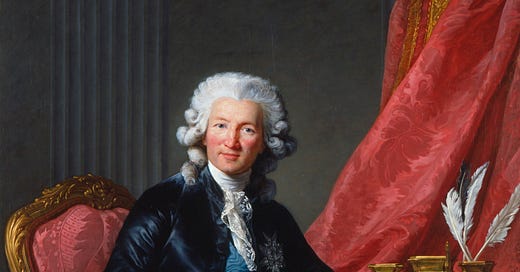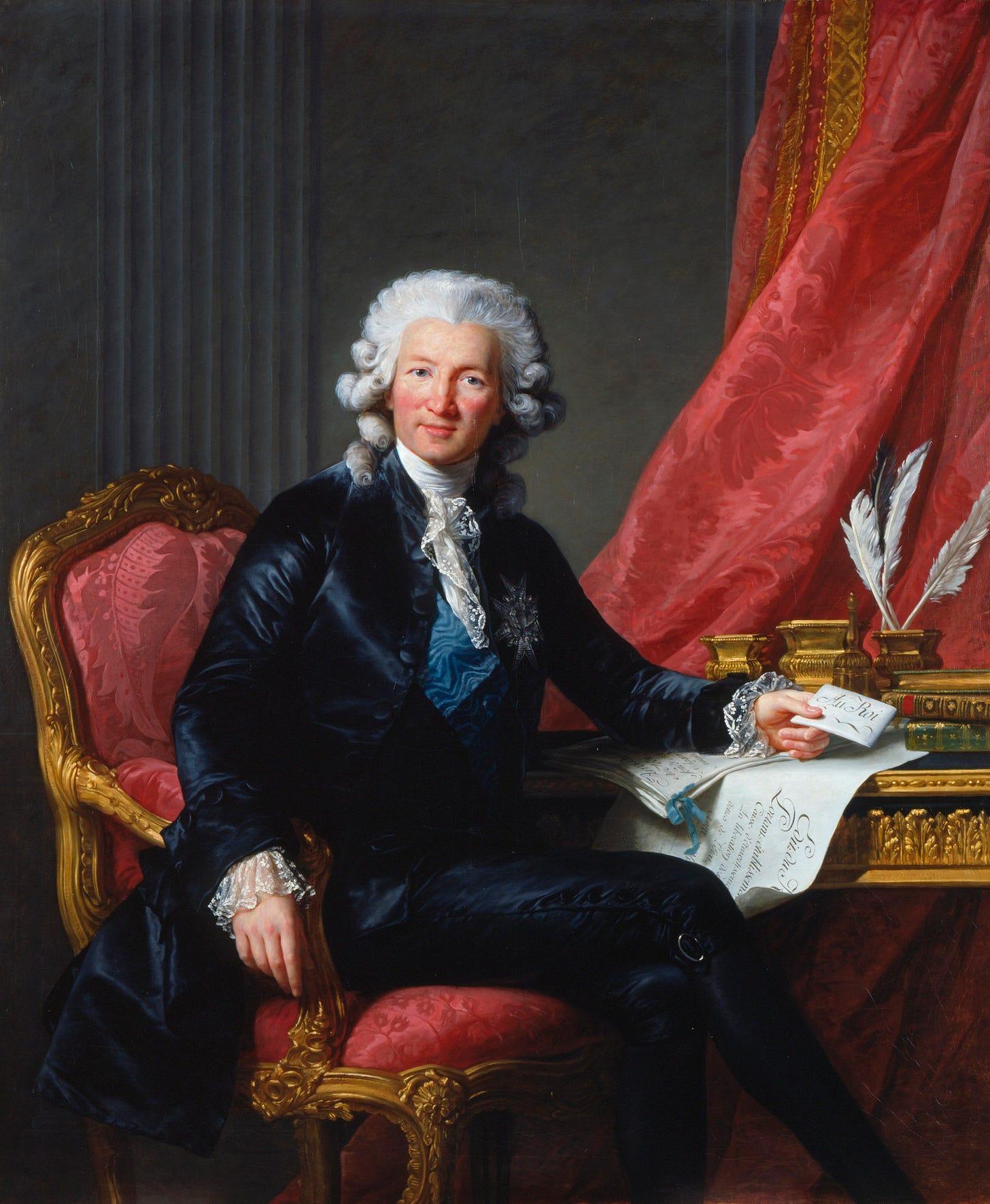Ancien régime and its relationship with the French revolution has been the subject of highly polarising debates and controversies which will be dealt with in the subsequent articles. This article will mainly focus on the bourgeoisie rise in ancien régime under louis XVI, venality of the public offices which began in the middle ages and how ironically these public offices have a very peculiar and subtle similarity to the indian administrative system i.e the Group-A services whose officials are popularly and sarcastically are referred as “Babus”.
Venality of the offices, Rise of Bourgeoisie:
One of the most peculiar administrative practices of the ancien régime in Europe was the venality or “sale of the public offices”. Sale of the offices became a vital part of the policies of the rulers in the middle ages when they were unable to raise more revenues through taxation and other conventional financial processes. William Doyle notes “ Middle Ages kings began to realise that they could no longer wage war effectively by raising feudal levies, they were compelled to look for unprecedented sums instead to fund professional warriors”. Already overburdened with taxes, it became increasingly impossible to levy more taxes on their subjects who were hovering over the line which divides subsistence and state of destitute and abject poverty. Affluent and privileged ones found other ways to get their “deserved” exemptions.
Therefore, the practice of venality became widespread among the European monarchies but nowhere William Doyle mentions “ was venality more widespread or more systematically exploited than in France”. Established under the rule of King Francis I in 1520s, over a period of time, it became crown’s one of the most vital revenue generating machines where a large part of the raised income was used up in waging wars. According to the estimates, during “Thirty Years’ War, revenues made up no less than 40 per cent of the king’s income”. Under this system, office-holders were permitted to pass their offices to their children or to sell them further by paying an annual tax. Under Louis XVI, there were over 70K venal offices, accounting for a value of roughly 900 million livres. The section of the society which was able to make most use of this scheme from the 17th century was the newly developing and an ambitious class - the bourgeoisie or the middle class. Estimated to be two million of them, they were the chief consumer and spender of the wealth which they acquired through trade and commerce which expanded rapidly in the 18th century. According to Doyle, “ there were more than twice as many bourgeois under Louis XVI as in the last years of Louis XIV”. The success story of the bourgeoisie and their prosperity was observed by the contemporary travelers, one of them being Arthur Young who wrote “ Their houses and establishments are on expensive scales. Great entertainment and many served on plate”. Bourgeois spending on education led to the development of new colleges and schools. Demands for literature grew, newspapers were established, libraries, reading rooms were built. This newly created class were outperforming the traditional nobility, among whom a large portion was living in relative modesty due to falling land revenues and unproductive, underperforming agriculture. Therefore, it was this growing ambition and their rapidly growing power which compelled them to look for the means to become what in the feudal orders was the most desirable status - Nobility.
Nobility conferring Venal offices, Noblesse de robe, Indian Babudom :
Though hated by the bourgeois, nobility was one of the most sought desires of the bourgeoisie. The bourgeois who “live nobly” remarked William Doyle, “were the most highly regarded of all Bourgeoisie and enoblement was the ultimate recognition of social success”. According to the estimates, over 4000 of the venal offices conferred nobility on their holders and most of the enobling offices required two successive generations for acquiring the status of being a noble. There were 857 offices of the King's Secretary which conferred nobility at once. This enobled class was known as the “Noblesse de robe” or “noble of the robe” to distinguish them from the traditional nobility known as the “noblesse d’épée” or “nobility of the sword”. The noblesse de robe, mockingly called as “nobility of the pink and ink” by the commoners and were hated by the “nobility of the sword” who had always believed in their divine right of being the “true” nobles as opposed to the “acquired” nobility. Nevertheless, over a period of time, both of these categories became indistinguishable and were intermingled enough through matrimonial alliances that together, they made up the “Second Estate” of the pre-revolutionary France.
Indian Babudom and Noblesse de robe:
As much desired “nobility of the robe” offices were among the bourgeoisie, they also played a vital role in the daily governing and functioning of the realm. The intendants or the royal officials were an important segment of the administration of the ancien régime. Largely hereditary, though appointed by the crown not “sold”, were recruited from the “nobility of the robe”. The kingdom was divided into 39 provinces, each with governor as its head but over a period of time efforts for centralising the administration led to Kingdom being divided into 36 generalities and for the administrative purposes, each generalites was governed by an intendant. Therefore, the role of the governor became largely honorific. Alexis de Tocqueville, in his work “ The Ancien Régime & the Revolution”, highlights the extent of centralisation under the Ancien régime and mentions the role of intendants in government policies and general public works where their main area of expertise and administration lies around justice, finance and policing. Due to their unprecedented power, close affinity to the crown, they often came in conflict with the “nobility of the sword” or the old aristocracy who saw them as a threat to their influence and gradually diminishing social standing in French society. Therefore, it is peculiar and almost fascinating that these offices bore a startling resemblance to the Indian upper bureaucracy who move in the upper echelons of power and are some of the most powerful individuals in the Republic of India. The Indian bureaucratic system, established and developed in the late 18th century and subsequently adopted by the newly independent Republic in 1947, is perhaps one of the most powerful bureaucracies in the world. There are about 2,15,47,845 (2.15 Crore)government employees currently working in India, roughly accounting about 1.7-1.8% of the population of India where the Group - A services, particularly the Indian Administrative Service or the IAS is the most prestigious and influential “service” who are responsible for literally fueling our country's daily affairs at the upper levels of the government. Recruited by one of the most prestigious exam “UPSC CSE '' of the nation and infact, the world, is the burning desire of the entire Indian public. Almost 13 lakh students filled the examination form for UPSC Prelims in 2023 and according to the most acceptable estimates, 5-6 lakh students sit in the exam. Due to such high demand and such popularity among the public, the exam has led to the development of a vibrant environment for its preparation. The middle class, upper middle class and even the poor section of Indian society impetuously spend lakhs of money for their children's preparation in the hope that they might become part of this “nobility”. Libraries, coaching centres, special online platforms over the period of time have sprang up. In the capital of India, Delhi - Rajendra Nagar, Karol Bagh and Mukherjee nagar have become the prominent names where these coaching centres operate and “sell” the dreams of acquiring an office in the bureaucratic system. Just as the French nobility was desired because of the distinction, recognition and glamour, one more reason for their yearning was the privileges they were entitled, from taking precedence in public occasions, carrying a sword and certain tax exemption. Indian Babus too are entitled to a large amount of perks like lavish bungalows at low rents, domestic help, a vehicle, security guards, education funding etc. These perks differ with ranks and have been a subject of many debates in India. Few years ago, the Govt. of India discontinued usage of “Laal Batti '' which was one of the most “aspiring” privilege entitled to a Babu.
The “noblesse of the robe” of India perhaps is one of the most spectacular ways for upward mobility and becoming part of the “second Estate” therefore finally losing their “commoner” character and dissociating themselves from the masses. While, the Second Estate of the French Kingdom largely saw itself as the protector of the realm and the preserver of the social order, Indian Babus often see themselves as the reformers and social changers of the society and some of them even consider themselves as the “chosen ones” from the “Third Estate”.
Elite section of Indian society is dominated by the children & their descendants whose parents or someone in the family became part of this nobility of pen and ink.They dominate almost every respectable profession of India, journalist, professors, literary critic to name a few. Like the French noblesse de robe, they too have been intermingling with the older elite families and privileged groups and gradually have become indistinguishable. Marriages between prominent babus and famous lawyers, politicians and other influential groups are common. Interestingly, while considering themselves the “social reformers” of Indian society, the Indian nobility of the robe has failed to reform itself. Since independence, the union government has set up commissions for critically examining the bureaucratic system and devising solutions to revamp the entire system yet, no developments have been made to actually work on that. Just like the intendants who were often loathed for their corruption by the realm’s inhabitants, a section of Indian society too question and critically examine the working and functioning of the Indian upper bureaucracy. From corruption to assault charges, many bureaucrats have been under the constant criticism of the people. The newspapers, media houses, magazines, independent journalists have shared countless stories of undisclosed cash, luxurious “gifts”, “benaami sampati” etc which has shown the constant erosion and gradual decline of the Indian bureaucratic system.
Though, due to the extreme level of security and protection, till now, hardly a significant number of the officials have been dismissed from the service. Not many have been prosecuted for their depravity. With no solutions within our horizon, one can do nothing but wait for the course of time to turn and change itself and see if the Indian bureaucratic system or the Indian “noblesse de robe” as they should be called will survive the ever-changing twenty-first century or they too will become part of the historical endeavors when their reign finally comes to an end.




